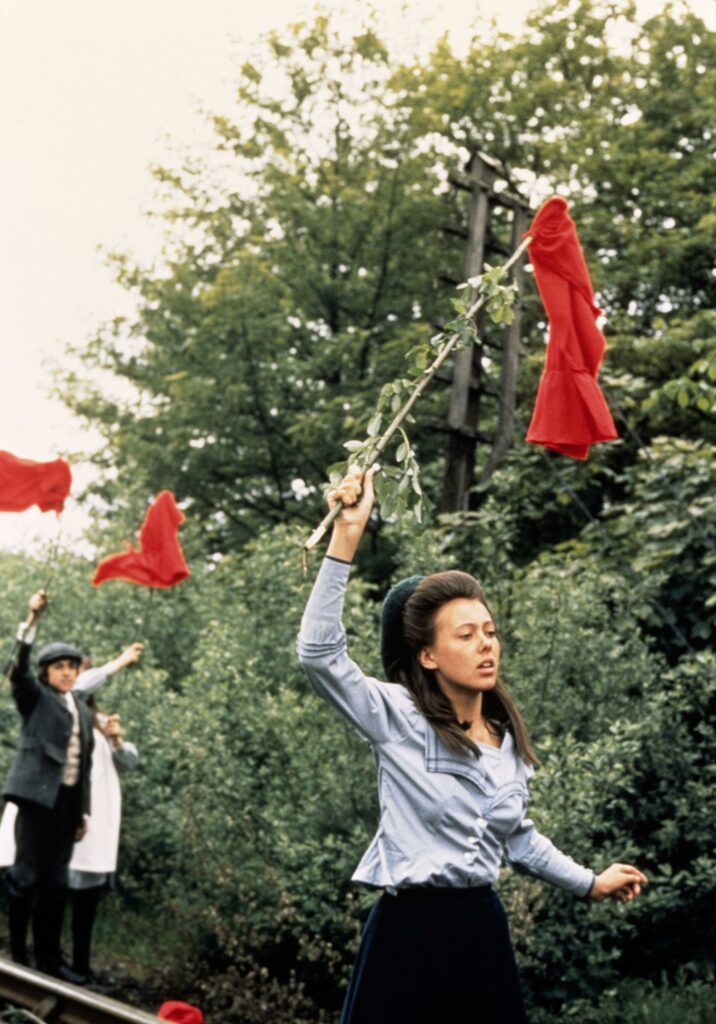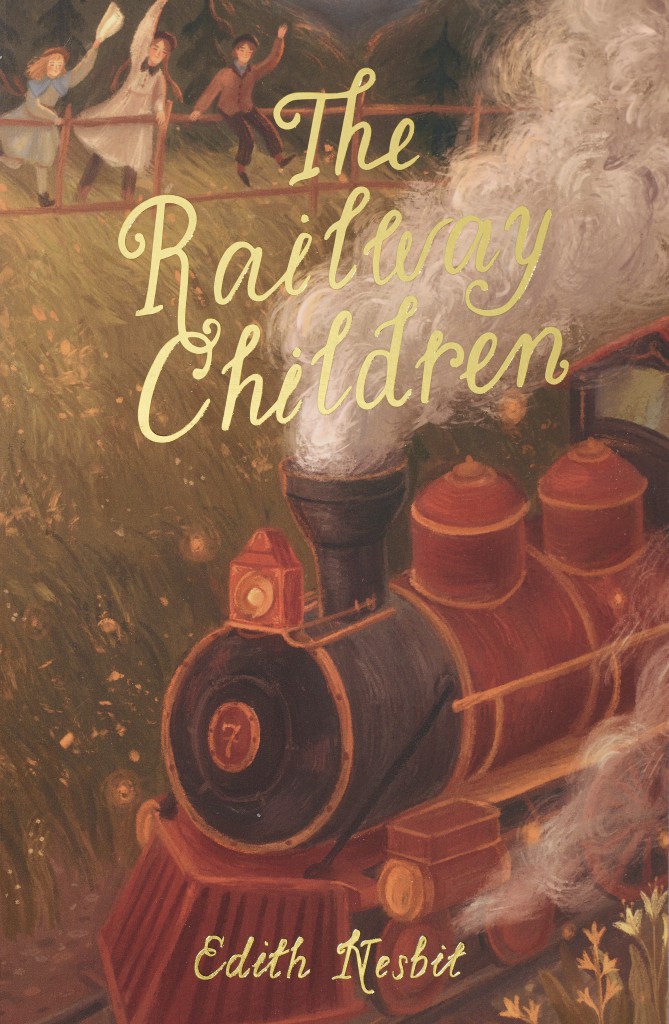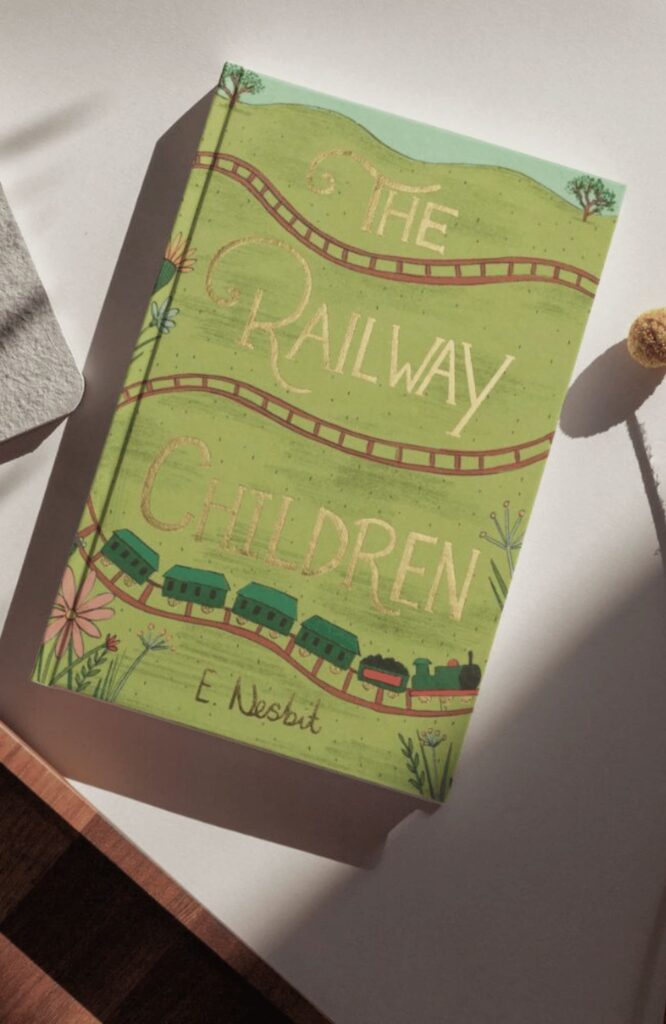
The Timeless Story of The Railway Children
The story of The Railway Children is one that has resonated with readers for over a century. Now, beloved children’s author Jacqueline Wilson has put her own twist on E. Nesbit’s tale, modernising the narrative for a whole new audience of young readers. The Primrose Railway Children, her own title, was released in paperback earlier this year and has been subject to widely positively acclaim from reviewers and readers.
As The Railway Children happens to be one of my favourite children’s classics and I have Jacqueline Wilson to thank for my love of reading growing up, it felt only right that I should read this modern adaptation and see how they compare.
Besides being set in the present day, the most notable difference in The Primrose Railway Children is that the story presented through the eyes of the youngest child. Though the original centres around the perceptions of the oldest child Bobbie (or Becks, in this new version), Jaqueline Wilson introduces us to protagonist Phoebe, a bright and imaginative nine-year-old who lives in the stories in her head.
We also meet her older brother Perry, who we learn is neurodivergent. His special interest of trains nicely pays homage to the original book and allows for more of the railway station’s events and debacles of E. Nesbit’s version to happen more authentically in this modern-day setting. However, this does hinge on a widely critiqued and stereotypical belief that trains are the special interest of many autistic boys. Despite this important point to acknowledge, I appreciated the way that Perry’s neurodivergent traits are woven into the story – they aren’t really a storyline in and of themselves, but they represent Jacqueline Wilson’s classic knack of introducing new or difficult topics about adversity or difference to young readers in her natural and engaging way.
The inciting incident of both stories remains the same – the father of the family is sent away and the children cannot know why. In the original version, the mother moves herself and the children to a remote cottage in the countryside to distance them from the people of their former life. In the adapted version, it was also necessary to share that the cottage the mother moved her family to had no signal or WiFi. In the original, physical isolation was enough. In today’s version, it was important to establish that the children were digitally isolated too. It was something of a culture shock to me, reading about TikTok and influencers in a Jacqueline Wilson book, but in the overwhelmingly online world we live in, the absence of these things was crucial to the narrative.

‘The Railway Children’ 1970
The Primrose Railway Station becomes a safe haven for the children in Wilson’s version, much as the local railway station does in the original – they make good friends with the staff there, find their little routines, and become a part of the station’s everyday life. One of the most striking moments of Nesbit’s version was when the children prevented a serious train accident by alerting the driver to the blockage on the line ahead, and the heart-stopping moment that Bobbie stepped onto the tracks to ensure their warning was heeded. A very similar incident appears in the adapted version… even though instead of waving red flannel made from their petticoats, protagonist Phoebe waves her Manchester United football shirt instead.
Many of the changes in the modernised version of the story were fairly situational – made on the basis that life as we know it today looks extremely different to what it was over a century ago. However, there was one plot point that I felt profoundly reflected our changing world. In the original book, the children’s father is wrongly convicted for a crime he wasn’t responsible for. At the end of the story, he returns to and is immediately accepted by his loving family… and by the reader too. After all, he was wronged, rather than being the one in the wrong. In the newer version, the children’s father is also imprisoned – but to serve time for a white-collar crime that he did commit. The family has to grapple with their love and affection for him, alongside the humiliation of his crime and the disgrace and repercussions it’s brought on the whole family. This is something that the youngest child Phoebe struggles with most of all – she has missed her Dad so badly, but now that she knows the truth and her core beliefs about him being the most wonderful person in the world have been challenged, she’s unsure whether she even wants to see him at all.
Jacqueline Wilson’s story concludes with the family visiting the father in prison, and like the children, the reader is in a position to make a judgement: are we willing to accept that this person has done wrong and move forward? Phoebe finally finds that she is – her Dad is her Dad and always will be. In past generations, I feel it would have been much harder for families and society to show this same level of acceptance – the disgrace may have been too deep for a positive resolution. To me, this indicates how our moral judgements have differed and evolved over time. In the world we live in now, there seems to be a much greater acceptance of the idea that people may do bad things, but this doesn’t necessarily make them a bad person. We seem to look at each other in a much more three-dimensional way, acknowledging our flaws and not allowing them to influence our overall judgement of a person’s character, as much as they would likely do in the past.
However, Wilson’s alternative ending is a powerful way of showing that despite the many cultural differences between the two stories, the themes at the core of them remain the same. Both versions celebrate the bravery of a young protagonist in the face of immediate danger, the desire of a family to band together in challenging circumstances and in the face of the unknown, and above all else, the profound absence of a father figure and a desperate longing for him to return.
Modern adaptations of stories can be an effective way of reaching new audiences and encouraging them to engage with the original. However, I personally don’t think that a young child who enjoyed Jacqueline Wilson’s The Primrose Railway Children today would immediately reach for E. Nesbit’s version. Instead, I think that publishing an updated version of the book does something far more powerful – it shows that The Railway Children is indeed a timeless story, with characters and emotions that resonate with young people a century later, and will no doubt resonate with others for generations to come.
Main image: Photo by Markus Winkler on Unsplash
Image above: Scene from the 1970 film of The Railway Children. Credit: M.G.M/EMI / Album/ Alamy Stock Photo
Jacqueline Wilson’s The Primrose Railway Children can be found here


